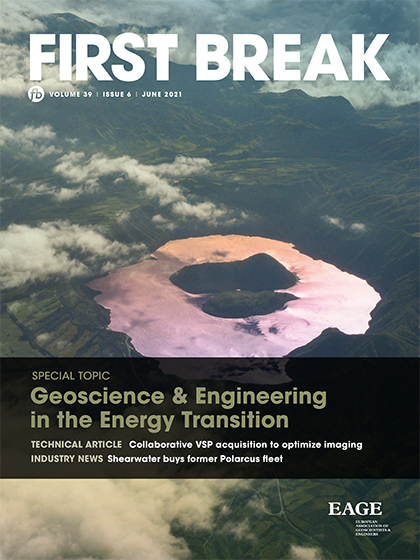
Full text loading...
The types of geological structures suitable for CO2 storage are saline aquifers (SA) and depleted hydrocarbon reservoirs (DHR). It is well-known that a direct comparison is often somewhat misleading; the preferences depend on many factors, including availability, logistical and economic concerns. However, advantages and disadvantages in terms of various engineering aspects are often compared.
We summarize the state-of-the-art of knowledge on the use of SAs and DHRs. Physical processes involved, analytical and numerical approaches for capacity and injectivity estimations, containment, wellbore and near-wellbore challenges and logistical options are discussed for both options. Comparisons are made considering engineering design for the onshore and offshore cases together with the preliminary economics.

Article metrics loading...

Full text loading...
References


Data & Media loading...

